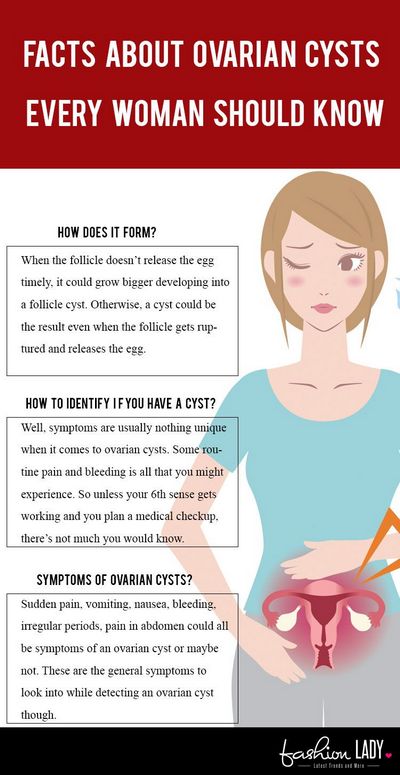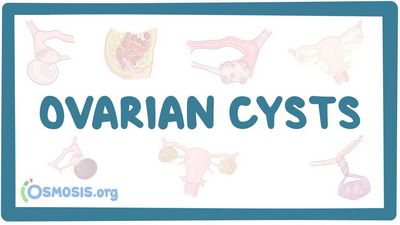A mucous cyst is a single lump with a normal or slightly bluish color, ranging from about 1/2 inch to a half an inch, and usually it is painless and soft.

A mucous-storage cyst may appear suddenly, while other types of mucocele may gradually enlarge over time. The reason for the different sizes and colors of mucous-storage cysts varies, but generally they are caused by the presence of certain bacteria and yeasts that can form in the fluid.
Mucous Cysts: Mucous Cysts are a painful and unsightly lump on the ovary that forms inside the womb and sometimes is also accompanied by cramping and irregular menstrual flow. These mollusks can be caused by the rupture or obstruction of a sac that collects the mucous, which may occur in the abdominal cavity or lower esophageal sphincter. Other causes include tumors in the upper gastrointestinal tract, pelvic tumors, cystic fibrosis and even endometriosis. If not treated early on, these mollusks can spread to other parts of the body and result in further complications, such as inflammation and infection.
Mucocyst ruptures happen when the egg is released without any preparation and the embryo inside is released and travels through the uterus into the fallopian tube. Once in this area, the egg gets trapped inside the cavity, resulting in the creation of a mucocyst. As these mucocysts develop, they produce a liquid that can be found in the urine. If left untreated, the mucocyst will eventually burst and cause severe pain and irritation.
Another cause of mucous cysts is pregnancy, which increases the chances of the development of the same type of cysts.

Sometimes, the cysts that develop in the uterus are so large that they can obstruct the flow of urine and cause even more discomfort.
The most common symptom of a mucocele is the pain that develops in the abdomen and is located in the lower part of the uterus. This is caused by pressure within the abdomen. Although this pressure may be caused by the pregnancy or by a change of the fluid in the stomach or intestines, it can also result from some underlying disorder. In women who have tumors in their digestive tract, this can be a symptom that signals an ovarian cyst that requires immediate treatment.
It is very important to diagnose a mucocele before treating it, because it can be very difficult to detect an actual mucous cyst. as compared to a typical cyst. When a patient presents with pain or discomfort that is caused by a mucocyst, they should always consult with a doctor to get an accurate diagnosis.
Possible Causes of a Mucocele: Although there is no exact definition for the causes of a mucocele, many doctors believe that the best way to determine whether it is a true one or not is by examining the symptoms. Mucoceles are also commonly caused by infections and parasites. There are certain factors that can trigger the growth and development of a mucocele.

A simple infection can cause the growth of a mucocele, such as urinary tract infection, which results to the growth of a mucocyst in the bladder. The presence of certain bacteria can also trigger its development.
Women who are taking birth control pills or those who have had cancer and/or cancer surgery are at higher risk of developing a mucocele, which can be caused by the estrogen and progestin pills that they take. Other factors that can cause the growth and development of a mucocyst include obesity, diabetes, and certain medications.
Symptoms of a Mucocele: In women who develop ovarian cysts, a mucocele can cause several symptoms that may mimic a full blown ovarian cyst. Pain that is experienced in the abdomen or pelvic area and/or heavy or irregular periods are the two most prominent symptoms that are experienced by women with a mucocele. Women also may experience pain during intercourse and during bowel movements.
Possible Treatments of a Mucocele: Surgery is usually the last resort. In women with cysts, the doctor may decide on an excisional cyst or a laparoscopy (insertion of a small camera into the abdominal cavity to remove the cysts. The patient will usually undergo hormonal therapy, such as birth control pills, to shrink the size of the cysts.
Other Treatments that are used to treat ovarian cysts include hormonal medications that work to shrink the size of the cysts, which can usually take six months to a year. Other ways that you can reduce the size of the cysts is by using fertility drugs, such as ovulation suppressants. You may also be given medication that helps reduce the inflammation that can occur in the abdominal area due to the ovarian cysts.